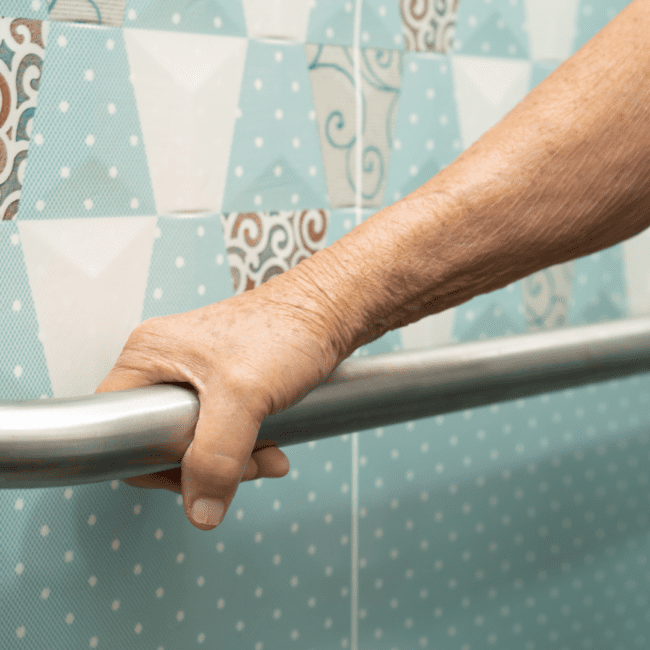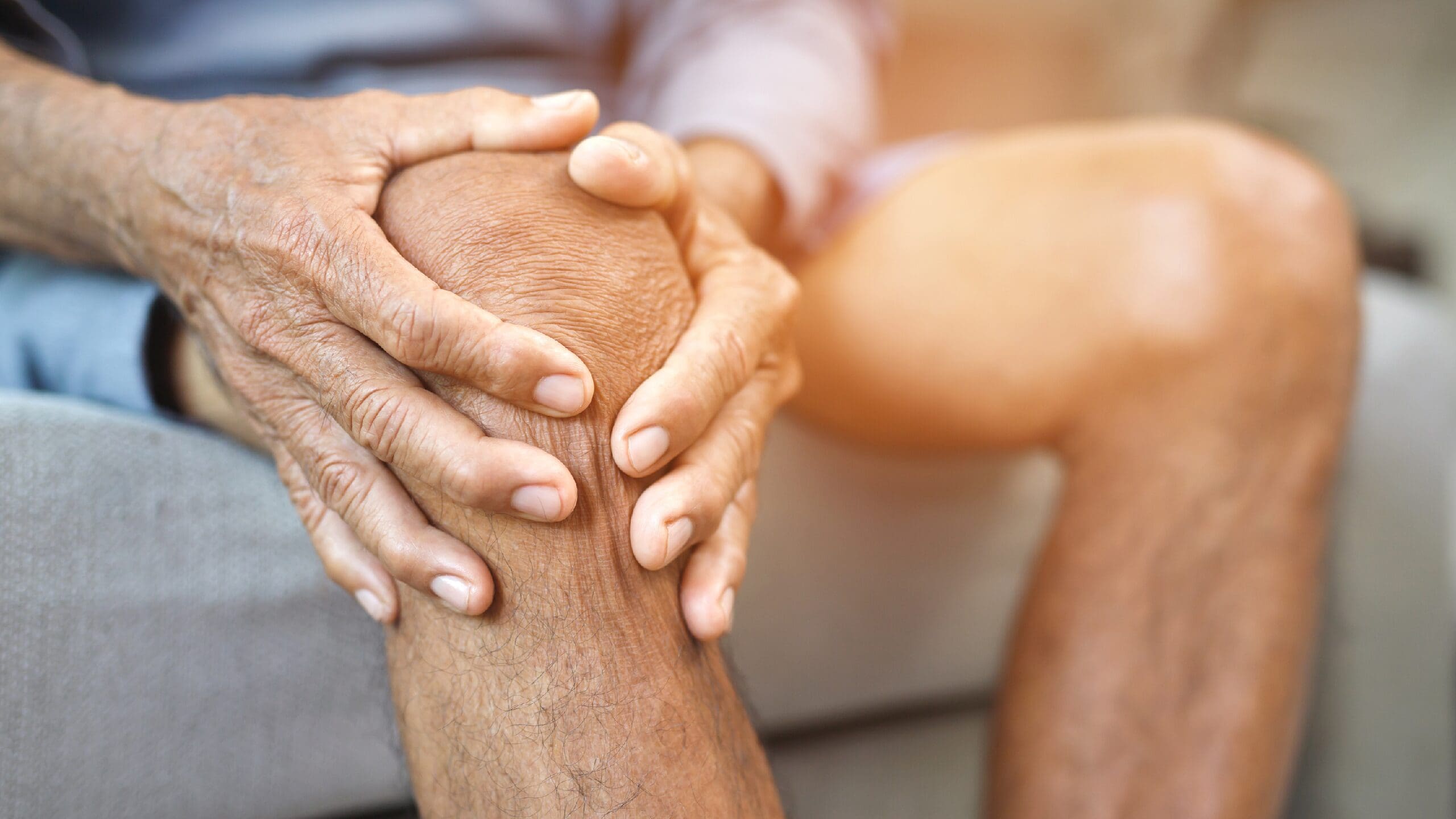As our parents age, it’s natural to see certain physical changes, such as slower movements, curved backs, and more frequent complaints about stiffness or pain. One common concern adult children share is the gradual decline in their parents’ posture. Whether it’s stooped shoulders or a shuffling gait, poor posture can lead to a host of issues. Thankfully, introducing simple, safe, and effective posture exercises for seniors can be one of the best ways to help your parents maintain their mobility and confidence as they age.
Why Good Posture Matters for Seniors?
Good posture is more than just standing straight, it directly affects overall health and well-being. For seniors, maintaining proper posture can:- Reduce muscle and joint pain: Misalignment often strains muscles and joints, leading to discomfort or chronic aches.
- Prevent falls and improve balance: Better posture supports core strength and body alignment, reducing the risk of falls.
- Support breathing and digestion: Slouched posture compresses the lungs and internal organs, impacting vital functions.
- Promote independence: A stable, upright posture helps seniors perform daily tasks with greater ease and safety.
Signs Your Parents May Need Posture Support
It’s not always easy to tell when posture is becoming a problem, but some telltale signs can help you decide when to step in. Here are a few red flags to watch for:- Noticeable forward head or rounded shoulders
- Increased complaints of back, shoulder, or neck pain
- A visible loss of height or stooped upper body
- Uneven gait or difficulty walking
- Trouble standing upright for extended periods
- Fatigue during simple activities like climbing stairs or carrying groceries
Best Posture Exercises for Seniors
The great thing about posture exercises is that they can be done almost anywhere; no fancy equipment is required. When performed regularly, these movements can help your parents regain confidence and comfort in their bodies. Here are some of the best posture exercises for seniors, recommended by physiotherapists and mobility specialists:1. Wall Angels
Stand with your back against a wall, feet shoulder-width apart. Slowly raise and lower your arms against the wall like making a snow angel. This move opens the chest and strengthens the upper back muscles.2. Chin Tucks
Sit or stand tall, then gently tuck your chin in (as if making a double chin). Hold for 5 seconds. This simple exercise realigns the head and neck, countering the common “text neck” posture.3. Shoulder Blade Squeezes
While seated or standing, squeeze your shoulder blades together, hold for a few seconds, and release. This improves mid-back strength and supports an upright stance.4. Cat-Cow Stretch
Sit on a sturdy chair or stand with knees slightly bent. Arch your back while looking up (cow), then round it while tucking your chin (cat). Repeat slowly for flexibility and spinal mobility.5. Pelvic Tilts
Lie on your back with knees bent and feet flat. Gently tilt your pelvis to flatten your back against the floor, then release. This strengthens the lower back and core.6. Modified Bird Dog
While seated or on all fours, extend one arm and the opposite leg. Hold for a few seconds, then switch. This stabilises the spine and improves balance. Doing these posture exercises for seniors just 3 to 5 times a week can lead to visible improvements in posture, strength, and confidence. Encourage your parent to start slow and build up as they grow stronger.How Elderly Care Services Can Help Your Parents Stay Mobile
Sometimes, exercises alone aren’t enough. Professional elderly care services play a crucial role in guiding seniors through posture improvement safely and effectively. Trained caregivers or physiotherapists can:- Assess posture and mobility in a personalised way
- Demonstrate exercises correctly and ensure safety
- Provide encouragement and motivation to stay consistent
- Track progress and adapt routines as needed
- Help with daily tasks that require good posture, such as walking, dressing, or standing
When to Seek Professional Help
You may be wondering whether your parent needs more than just encouragement. If you notice signs such as:- Increasing difficulty with walking or standing
- Frequent falls or near-falls
- Persistent pain in the back or joints
- Confusion or frustration about how to do exercises
- Poor response to self-led posture routines
Conclusion
Helping your parents improve their posture isn’t just about physical health; it’s about preserving their independence, confidence, and quality of life. With consistent practice of safe and simple posture exercises for seniors, you can support them in staying active, pain-free, and balanced. Whether you guide them through exercises at home or partner with a professional caregiver or physiotherapist, these small steps can make a big difference. Your care, attention, and encouragement can empower your loved ones to age gracefully and live life to the fullest, upright and strong. Get in touch with us to learn more.FAQ's
Can a caregiver help my parent with daily exercises?
Yes, trained caregivers can assist with posture exercises, ensuring your parent performs them correctly and safely. They also provide motivation and monitor progress.
How often should seniors perform posture exercises?
Ideally, posture exercises should be done 3 to 5 times a week, depending on your parents’ health and ability. It’s best to start slow and build up gradually with guidance from a professional.
What are the best posture exercises for seniors?
Effective exercises include wall angels, chin tucks, shoulder blade squeezes, and pelvic tilts. These exercises strengthen the core, back, and shoulder muscles—key areas for maintaining good posture.
How do I know if my parent needs professional help?
If you notice persistent pain, poor balance, or difficulty with daily activities, it’s wise to consult a physiotherapist or elderly care provider for a personalised assessment.







